| description |
A yellowish-brown species, sometimes with a green tint, with black markings across the wings. There are typically 6 (consisting of 3 symmetric pairs) noticeable black spots on the anterior margin of the pronotum, characteristic of this species; sometimes there are only 4 spots (Beirne 1956). The vertex is broadly rounded and with two prominent ocelli, often appearing white (sometimes they can also be reddish). The scutellum has a pale, almost white posterior half, and the two anterior corners are rufous. The wings are brownish with bold, irregular black marks that are symmetric on each wing. Male subgenital plates are quite distinctive, appearing elongate and rectangular. The female pregenital sternite is concavely rounded on the posterior margin, with broad but shallow median notch on either side of lobes. Adults are 7.0-8.5 mm long. (DeLong 1948)
Nymphs are brownish overall with scattered pubescence across the entire body. |
Species Photo Gallery for Ponana quadralaba No Common Name |
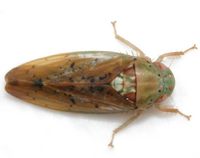 | Photo by: Kyle Kittelberger, Brian Bockhahn
Orange Co.
Comment: Mixed hardwood forest edge habitat | 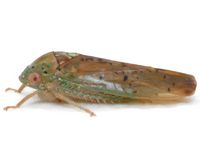 | Photo by: Kyle Kittelberger, Brian Bockhahn
Orange Co.
Comment: Mixed hardwood forest edge habitat |
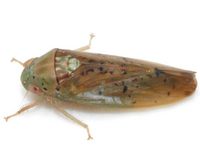 | Photo by: Kyle Kittelberger, Brian Bockhahn
Orange Co.
Comment: Mixed hardwood forest edge habitat | 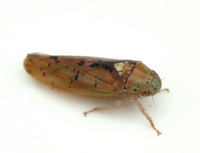 | Photo by: Kyle Kittelberger, Brian Bockhahn
Orange Co.
Comment: Mixed hardwood forest edge habitat |
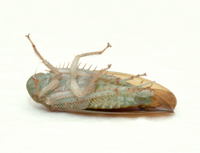 | Photo by: Kyle Kittelberger, Brian Bockhahn
Orange Co.
Comment: Mixed hardwood forest edge habitat | 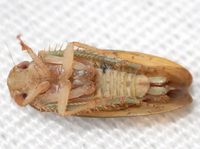 | Photo by: Kyle Kittelberger
Wake Co.
Comment: open forest habitat, near mixed hardwoods; on a lawn |
 | Photo by: Kyle Kittelberger
Wake Co.
Comment: open forest habitat, near mixed hardwoods; on a lawn | 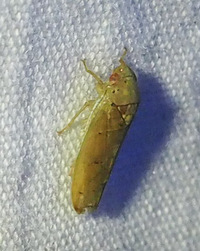 | Photo by: R Emmitt
Orange Co.
Comment: no idea - unid_leafhopper |
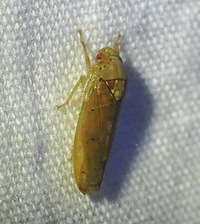 | Photo by: R Emmitt
Orange Co.
Comment: no idea - unid_leafhopper |  | Photo by: Randy Emmitt
Orange Co.
Comment: at uv light |
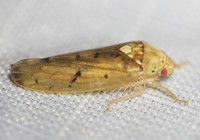 | Photo by: Rob Van Epps
Mecklenburg Co.
Comment: Came to UV light. | 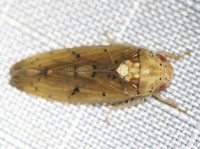 | Photo by: Rob Van Epps
Mecklenburg Co.
Comment: Came to UV light. |
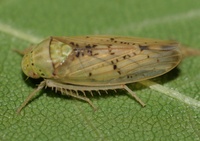 | Photo by: Scott Bolick
Randolph Co.
Comment: | 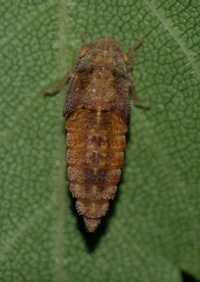 | Photo by: Scott Bolick
Randolph Co.
Comment: |
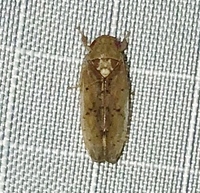 | Photo by: Ken Kneidel
Mecklenburg Co.
Comment: came to UV light at night | 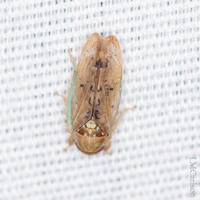 | Photo by: Lior Carlson
Orange Co.
Comment: |
 | Photo by: Rob Van Epps
Mecklenburg Co.
Comment: Attracted to porch light. Suburban yard near woods. |  | Photo by: Rob Van Epps
Mecklenburg Co.
Comment: Attracted to UV light. |
 | Photo by: Kelli Ashby
Durham Co.
Comment: Attracted to UV light |

 »
»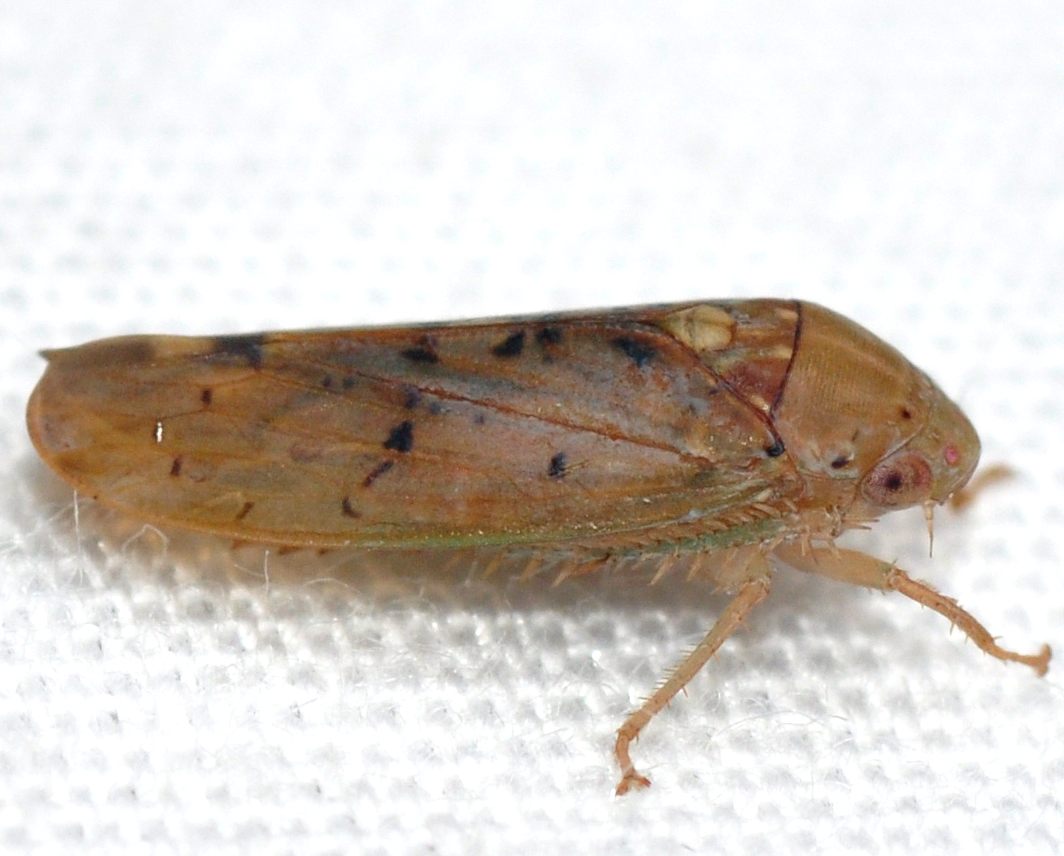


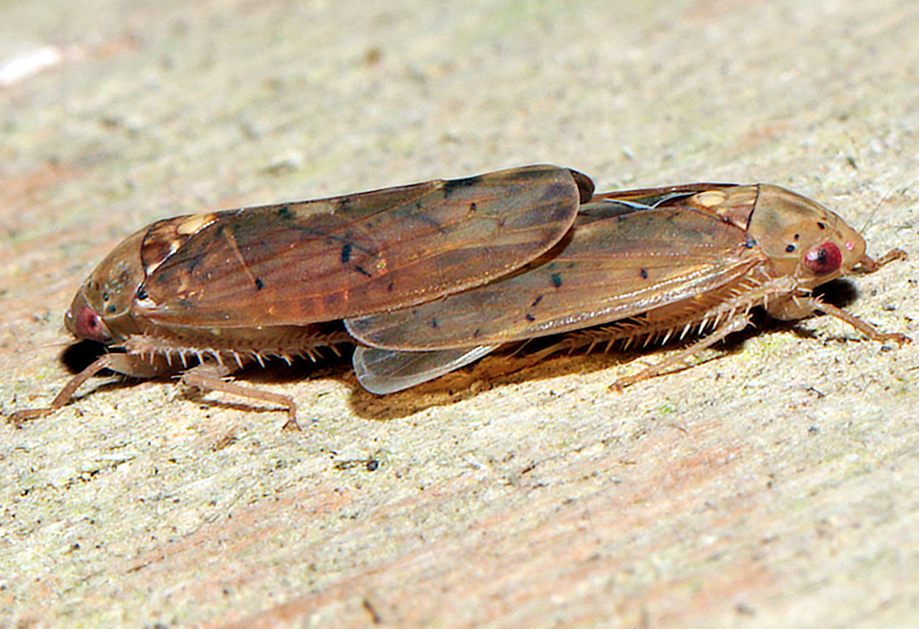

 »
»


